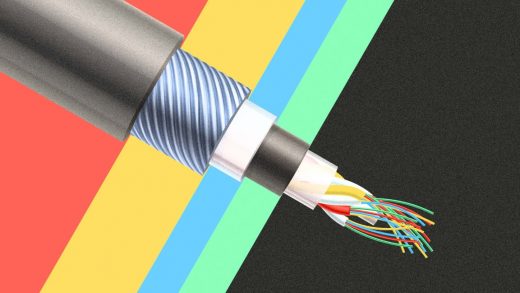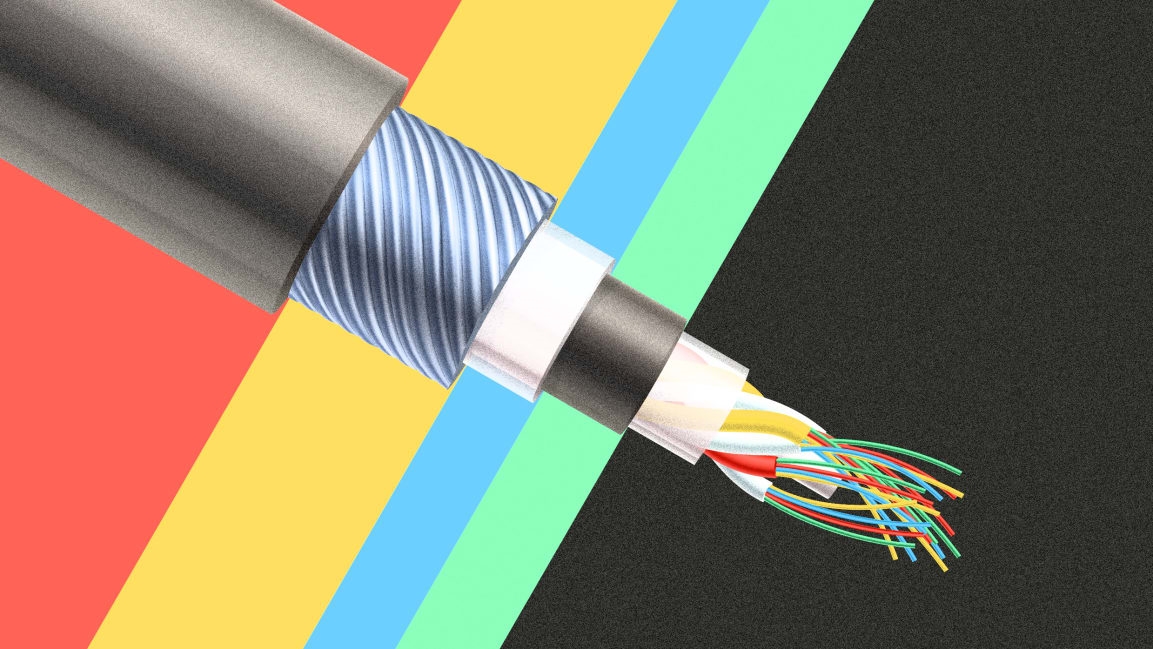Our lack of will to expand broadband access has left millions of students disconnected during closures
Over the course of the past two weeks, all but three states have announced a statewide closure of schools. As districts and teachers struggle to come up with viable distance learning plans, they do so knowing that their best laid plans will likely still leave approximately seven million children without the ability to “go to school” for the rest of the year. Why? Because those students don’t have broadband at home.
In this regard, we can’t claim to have been caught off guard by this pandemic. We have long had the data to show that millions of households with children ages 6 to 17 don’t have home internet service. Even before this crisis,90% of high school teachers were assigning online homework, despite the fact that almost one in five teens reported lacking the internet access to complete it. This “homework gap” also reflects—and further entrenches—our country’s stark racial inequities; a Pew study found that 13% of white students were sometimes unable to complete homework due to internet access, compared to 17% of Hispanic students and 25% of black students surveyed.
These statistics are appalling. Since 1994, we’ve had the technology to deliver the internet to every household in America, but we’ve never mustered the will to make it so. Almost three decades later, we’ve learned two important lessons: one, having the internet at home is not a luxury, but a necessity for modern life; and two, market forces will never close this gap. Now is the time to change this reality, for good, by eliminating every barrier facing communities who want to take action to ensure that broadband is in every home.
Private internet service providers, by nature, focus on maximizing revenues and reducing costs. Despite an array of well-intentioned national efforts—many of which I was actively involved in—every existing service provider has proven unwilling to use their power in the market to solve this problem. This ‘market failure’ is especially prevalent in rural communities, where approximately one in four people say that high-speed internet access is a major problem.
Yet, we’ve solved this type of problem before. Electric companies first began electrifying homes in 1882, and by 1930, the majority of homes had been electrified. But in almost 50 years, market forces alone had still failed to bring service to a huge portion of rural America. Recognizing that this persistent “electrical divide” was fueling major inequities in standard of living and peoples’ ability to participate in a rapidly changing economy, Congress responded with the Rural Electrification Act of 1936. The act enabled communities to deliver this service themselves, and the entire country was better off for it.
Now, as students from grade school to university-level move online, we are forced to reckon with our failure to take similar action in our modern context—to the detriment of those Americans who already experience the greatest structural disadvantage along lines of race and income. Internet providers stepping up in the midst of this crisis to maintain affordable service is the right thing to do in this moment—but it’s a short-term fix for a decades-long problem. To truly close the digital divide, cities and states (and Congress if needed) should follow the playbook from the 1930s, and from the many communities—red and blue, urban and rural—who have brought high-speed internet to all residents:
Get local
Today, more than 500 communities across the country have some type of publicly owned broadband network, and more than 230 communities across 33 states have a publicly owned network offering at least one gigabit service. Like other publicly owned utilities, public broadband networks exist to increase the quality of life and economic prospects of residents and the community at large, with local leaders held accountable to provide quality service through our democratic processes. Local cooperatives are another approach to building and maintaining this infrastructure—and another legacy of the national push to electrify the country in the 1930s.
Change laws that block local action
It is an outrage that not every community even has the choice to provide a public option. Today, 19 states have legal barriers or even full prohibitions against municipal broadband networks, as a result of intense lobbying of state legislatures by existing private internet service providers. In Chattanooga, one of the pioneers of publicly owned and operated fiber optic internet service, Comcast unsuccessfully sued the city’s electric power board multiple times in an attempt to block construction. Harold DePriest, former head of the Electric Power Board, put it this way: “It turns out, the existing providers don’t compete in the marketplace as much as they compete in the courts and legislature.” Once he was freed to compete, the Electric Power Board captured more than 60% of the market and was able to provide permanent, low-cost, and even free options to residents in need.
Get Congress to act
Ultimately, congressional action would accelerate the ability of local communities to solve this problem. For one thing, Congress could strengthen the authority of the Federal Communications Commission to back communities in states with barriers to public broadband networks. In 2015, the FCC preempted statutes in North Carolina and Tennessee that limited the powers of municipally owned internet service providers to expand to nearby underserved areas. But on appeal, that ruling was overturned by the Sixth Circuit Court, which determined that the FCC needed explicit authority from Congress. Secondly, Congress could undertake legislation, like the Rural Electrification Act, that provides financial incentives, such as low-cost loans, to communities to build their own networks, and close the divide in ways that are fitting for their unique geography and population.
As we fight this virus by sheltering in our homes, no one would disagree that having internet access in their home is as essential to their family’s well-being as water and electricity. COVID-19 has laid bare the societal and economic fallout from allowing market failures to go unchallenged, and for sitting idly while those same market leaders use their political power to keep others from filling the void. The virus has also shown the fundamental role that internet accessibility plays in giving every child a chance at a quality education, in addressing our widening racial inequities, and ultimately, in closing our nation’s gaps in income and wealth. This is one problem we know we can fix—and we know how.
Ben Hecht is the CEO of Living Cities, a collaborative of 18 of the world’s largest philanthropic and financial institutions seeking to close racial income and wealth gaps.
(30)



